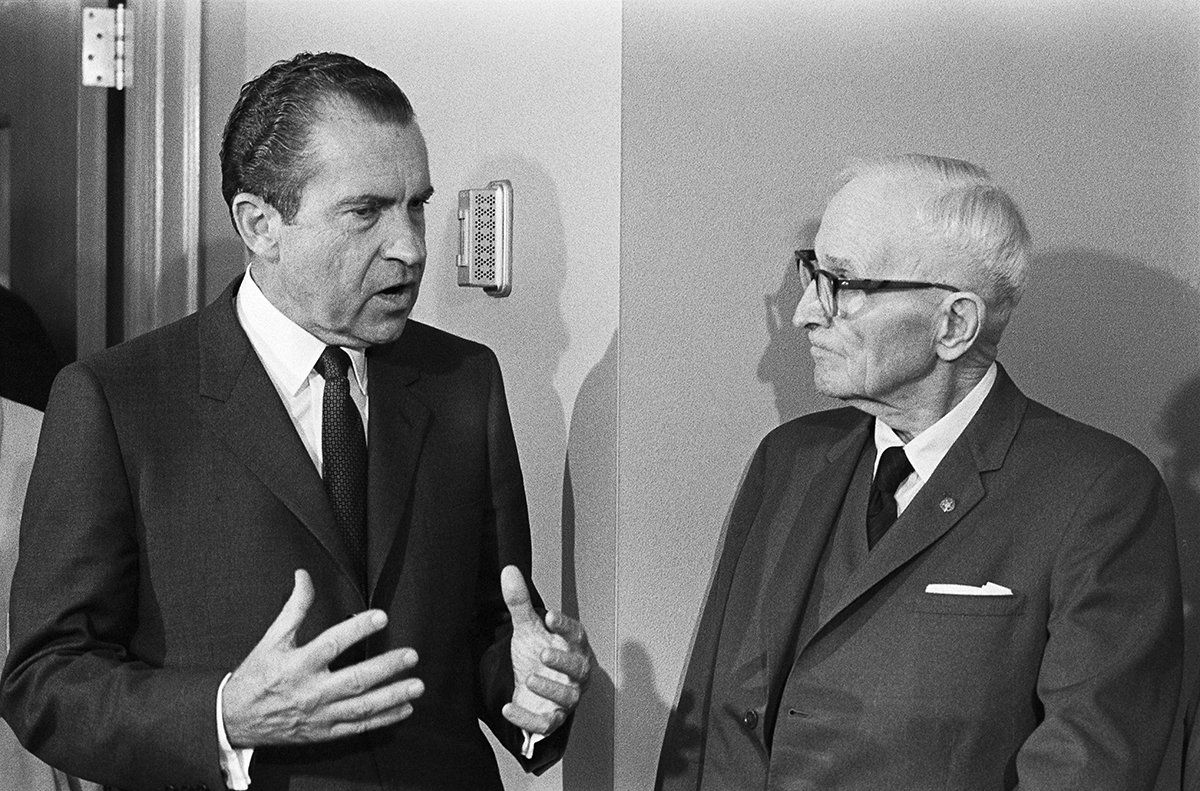The National Archives revealed comprehensive data from one of the most anticipated government head counts in history on Friday, claiming that it provides a “window into history” and a snapshot of America in the middle of the twentieth century.
The government revealed detailed data from the 1950 United States Census, which was expected to be a genealogical and historical gold mine of information showing the first picture of postwar America more than 70 years ago.
Also read: Inflation in 19 countries using euro currency soars to record 7.5%
The National Archives and Records Administration released 6.4 million pages of digitised 1950 Census data from 6,373 microfilm rolls early Friday, including names, ages, residences, and answers to questions about work status, job description, and income.
Every ten years, the United States Census collects a complete account of citizens, resulting in a fairly accurate head count of Americans from coast to coast. Although elementary information from a Census is available soon after it is collected, full information, such as that revealed on Friday, is only permitted to be released 72 years after the Census. The 1940 Census was published over a decade ago.
The 1950 Census is notable because it is the first to depict a post-World War II America, at the onset of the baby boom, and in full postwar economic swing a decade after the Great Depression.
Also read: Russia ‘trying to concentrate’ missile systems in Belarus, claims Ukraine
“The 1950 Census opens a window into one of the most transformative periods in modern American history, revealing a country of roughly 151 million people who had just recently emerged from the hardships and uncertainties of World War II and the Great Depression,” the Census Bureau said in a post this week.
“With little housing construction during the prior two decades, the nation’s population mostly lived in cities and rural areas, often in crowded conditions. Suburbanization had only recently begun and would increase substantially in the coming decades thanks to the G.I. Bill, sustained postwar economic expansion and construction of a comprehensive interstate highway system,” it added.
“In hindsight, we can now see that on many demographic fronts the U.S. population in 1950 looked more like the country in 1940 than the rapidly growing, youthful nation to come in 1960 or 1970,” the Bureau stated.
Also read: US denies Pakistan PM Imran Khan’s claim of “foreign conspiracy” to depose him
According to Census data, only New York City and Los Angeles had larger populations in 2020 than the nation’s ten largest cities in 1950. The other eight cities, including Chicago, Philadelphia, Detroit, Baltimore, Cleveland, St. Louis, Washington, D.C., and Boston, saw their populations decline over the next seven decades.
Eighty-nine percent of those tallied in the 1950 Census were White; only 28 percent of families in Washington, D.C., had a TV, but 97 percent had a radio; 7,000 residences in the city lacked flushable toilets; and more than 3,000 needed electric lights.
The 1950 Census asked Americans 38 questions, including whether they had a kitchen sink and what type of toilet or refrigerator they used. People were also asked about their education, how much money they made, and how much money their family members made, and married women were asked how many children they had.
According to Census officials, a preliminary analysis of the data revealed an excess of marriages and young families in smaller homes.
As a result of a 1952 agreement between the Census Bureau and the National Archives, which was codified by Congress in 1978, census data is only made public every 72 years.
Also read: Oil prices fluctuate ahead of IEA meeting on stocks release
Why is it 72 years? The federal government has never provided a precise answer, although one of the most widely held theories is that the blackout period was implemented to preserve people’s private information, and 72 years was the expected lifespan at the time of the agreement in 1952.
It is projected that over 26 million Americans who lived in the United States in 1950 are still alive today, allowing them to explore their own names and information, as well as the names of parents and family members.
President Joe Biden, former Presidents Jimmy Carter, Bill Clinton, George W. Bush, and Donald Trump, as well as entertainers such as Bruce Springsteen, Dustin Hoffman, and Robert Redford, and historical figures such as former Secretary of State Henry Kissinger and three sitting Supreme Court justices, were all alive at the time of the mid-twentieth-century Census.
Searching through the 1950 Census records, which are available online, is free.
“Typically people interested in their family history are always looking at dead people,” Lisa Lousie Cooke, a Texas-based genealogist, told The Washington Post.
“This [Census] collection includes many people who are currently alive today … so there’s a huge nostalgia component.”







